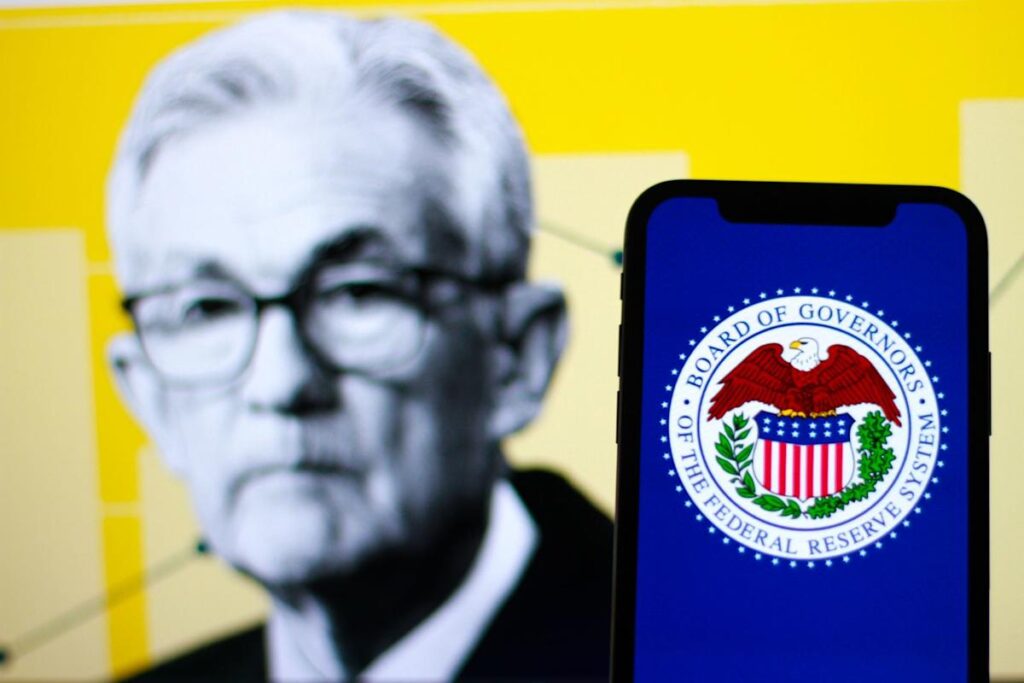We’re mid-week, and so far, it’s been a quieter trading affair.
Traders and investors are awaiting the annual Kansas City Federal Reserve Economic Policy Symposium that moves into full swing Thursday in Jackson Hole, Wyoming. Fed Chair Jerome Powell is expected to give an update on the Fed’s monetary policy framework on Friday morning.
Powell’s speech could give the market a new perspective on how much Federal Open Market Committee (FOMC) support there is to lower U.S. interest rates in September.
Following are some of the arguments that have been put forth by monetary policy doves (who want lower U.S. interest rates sooner) and hawks (who want no U.S. interest rate cuts anytime soon). Then I’ll give you my prediction for Friday’s Powell speech.
-
The surprisingly weak U.S. employment report for July showed a modest increase in the unemployment rate, rising to 4.2% from 4.1% the previous month. While the headline number showed a small increase, the jobs growth was surprisingly minimal, with only 73,000 jobs added — and there were downward revisions to job gains in the May and June reports.
-
Other major central banks are starting to lower, or leaning toward lowering, their interest rates, including the European Central Bank and the Bank of England. The U.S. Fed does not want to get behind the curve on global central bank monetary policy easing.
-
Recent U.S. inflation reports have been mostly tame. The July Consumer Price Index (CPI) report rose 2.7% annually. That’s just slightly above what the Federal Reserve wants to see for annual inflation.
-
The “Too late Powell” nickname from President Donald Trump gained some credence following the July jobs report. Trump’s needling of Powell for not lower U.S. interest rates faster may well have pushed Powell into a more dovish posture, to be revealed at Jackson Hole.
-
The hotter-than-expected July Producer Price Index reading of up 3.1%, year-over-year, raised eyebrows.
-
Most of the recent U.S. economic data has been upbeat, which supports a steady U.S. monetary policy stance.
-
U.S. tariffs are a wild card. While the tariffs have so far not sparked problematic inflation, there is the distinct possibility inflation will fire up in the coming months, as U.S. consumers may have to scramble to buy a shorter supply of goods on store shelves. Also, higher tariffs on imported goods to the U.S. suggest manufacturers and retailers will pass along those increased costs to consumers.
-
Holding steady on U.S. monetary policy and not lowering interest rates is bullish for the U.S. dollar.


